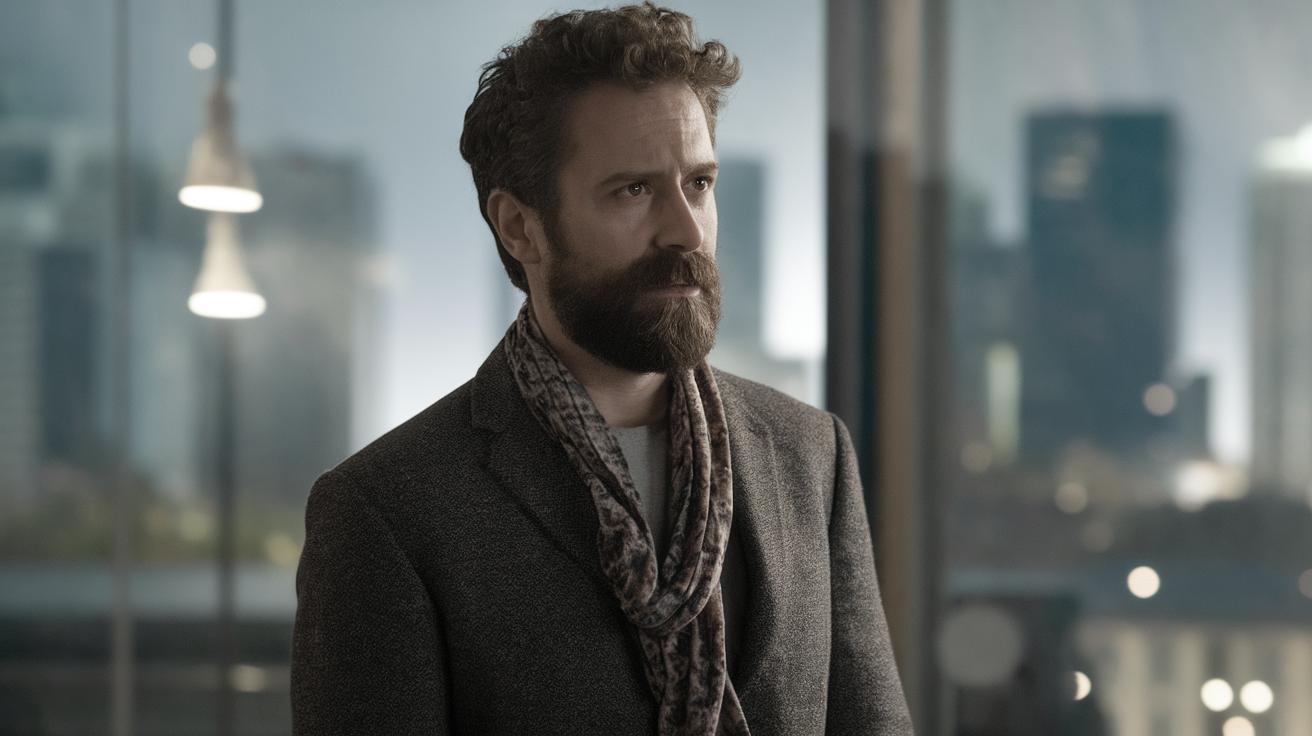The Elements of Storytelling in a Photo Essay
Understanding the elements of storytelling in a photo essay can transform your photography by adding layers of depth and meaning that resonate with viewers. This blog post will delve into why storytelling is integral to photography, what storytelling entails, and how you can incorporate its essential elements in your photo essays. From setting and character to plot, conflict, and theme, each component offers unique opportunities to enhance the narrative quality of your work. In addition, you’ll find a link to the inspirational work of Adrian Sommeling on 500px, who masterfully uses storytelling in his photography. By the end of this post, you will have gained valuable lessons on effectively integrating these elements into your photography practice.
Why is Storytelling Important to Your Photography?
Storytelling is crucial to photography because it provides context and emotion to the images we capture. In a world inundated with visuals, photographs that tell a story can transcend the ordinary by connecting with viewers on a deeper, emotional level. This connection is what makes images memorable and impactful. By using storytelling techniques, photographers can guide the audience through their unique perspective and communicate messages that might otherwise remain unspoken.
Moreover, storytelling in photography serves as a bridge between the image and the observer, creating a dialogue that engages the viewer’s imagination. It allows photographers to explore themes, create narrative arcs, and share experiences in a way that mere snapshots cannot. Ultimately, storytelling transforms a collection of images into a cohesive photo essay that evokes emotion, conveys meaning, and leaves a lasting impression.
What Does Storytelling Mean?
Storytelling, at its core, is the art of presenting a narrative or a sequence of events in a way that is engaging and compelling. In the context of a photo essay, storytelling moves beyond capturing aesthetically pleasing images to creating a structured narrative that invites viewers to see beyond the frame. It involves crafting a visual narrative that can convey complex emotions and multifaceted stories through a carefully curated series of images.
When we talk about storytelling in photography, we refer to the ability to create a visual journey that captures the essence of a subject or event. This journey often involves an interplay of various elements that guide the viewer through a story that unfolds with each image. Storytelling enhances the narrative quality of a photo essay, offering layers that add depth not just visually, but emotionally and contextually as well.
How to Use the 5 Elements of Storytelling in Photography?
1: Setting
The setting is the foundational backdrop of any story. In photography, it situates your subject within a particular environment, providing context that is crucial for understanding the narrative. A thoughtfully chosen setting not only enhances the visual appeal but also contributes to the mood, atmosphere, and tone of the photo essay. Whether it’s an urban landscape or a natural habitat, the setting should align with the story you aim to tell.
To effectively use setting in your photo essay, consider how different backgrounds interact with your subject and influence the story’s perception. A bustling cityscape might suggest chaos or vibrancy, while a serene forest can imply peace or solitude. Experiment with different environments to see how they alter the interpretation of your narrative and add dimension to the story you wish to convey.
2: Character
Characters are the heart of any narrative, providing a relatable and human element that draws viewers into the story. In a photo essay, characters can be people, animals, or even inanimate objects that are given life through the lens. They serve to personify the story and offer a point of connection for the audience, often acting as the focal point through which the narrative unfolds.
To create compelling characters in your photography, focus on capturing expressions, gestures, and interactions that reveal their personality and significance within the narrative. Consider how the character’s presence within the setting enhances the story and adds emotional weight to your photo essay. Each photograph should reveal a facet of their journey, allowing the viewer to form a connection and become invested in their story.
3: Plot
Plot is the sequence of events that unfold within your story, providing structure and direction. In a photo essay, the plot guides the viewer through the narrative, revealing the progression and development of the story. While a single photograph can hint at a broader story, a well-crafted photo essay weaves these moments together to form a coherent and engaging narrative.
To effectively build a plot within your photo essay, consider how each image contributes to the overall progression of the story. Capture key moments that signify changes, challenges, or milestones, and arrange them in a manner that naturally guides the viewer from one scene to the next. Like chapters in a novel, each photograph should serve a purpose, enhancing the narrative flow and maintaining the audience’s interest.
4: Conflict
Conflict introduces tension and intrigue to a narrative, propelling the story forward and engaging the audience. In photography, conflict may not always be explicit, but it should suggest an underlying tension that keeps viewers invested. Conflict can be internal, such as a character’s emotional struggle, or external, like an environmental challenge, and it often serves as a catalyst for change or growth.
Incorporating conflict into your photo essay involves identifying the central tension driving your story and capturing moments that reflect this struggle. Consider how the resolution or lack thereof impacts the narrative and adds depth to the character’s journey. By subtly highlighting conflict, you create a dynamic and compelling photo essay that captures the viewer’s attention and provokes thought.
5: Theme
Theme is the underlying message or concept that ties the story together, offering insight or commentary on the human experience. In photography, theme is conveyed through visual motifs, composition, and the interplay of elements within the frame. It provides coherence to the narrative and allows the photographer to communicate a specific viewpoint or exploration of a subject.
When crafting a photo essay, identify the central theme you wish to explore and ensure each image reinforces this concept. Themes can be broad, such as love or isolation, or more focused, like cultural identity or environmental change. By consistently integrating thematic elements, you create a unified and meaningful narrative that resonates with viewers and elevates your photo essay from a series of images to a powerful storytelling medium.
Link to Adrian Sommeling on 500px
To see storytelling in photography in action, take a moment to explore the work of Adrian Sommeling on
500px
. Sommeling is renowned for his imaginative and captivating photo-manipulations that seamlessly blend reality and fantasy, showcasing the power of storytelling through the lens of creative photography. His work serves as an inspiring example of how the elements of storytelling can transform photography into an art form that transcends the ordinary.
Adrian Sommeling’s portfolio offers a masterclass in the application of storytelling elements, from carefully crafted settings that transport viewers to new worlds, to expressive characters and dynamic plots that unfold through each composition. By studying his images, photographers can gain insight into the potential of storytelling in enhancing the narrative quality of their own photo essays.
Lessons Learned
| Element | Importance |
|---|---|
| Setting | Provides context and atmosphere, anchoring the narrative in a particular environment. |
| Character | Offers relatability and emotional connection, drawing the viewer into the story. |
| Plot | Drives the narrative with a sequence of events, maintaining audience engagement. |
| Conflict | Introduces tension and challenges, adding depth and intrigue to the story. |
| Theme | Ties the narrative together with an underlying message or concept, enriching the viewer’s experience. |


